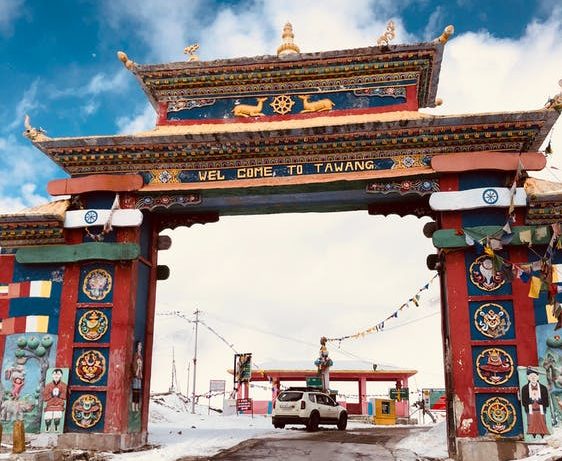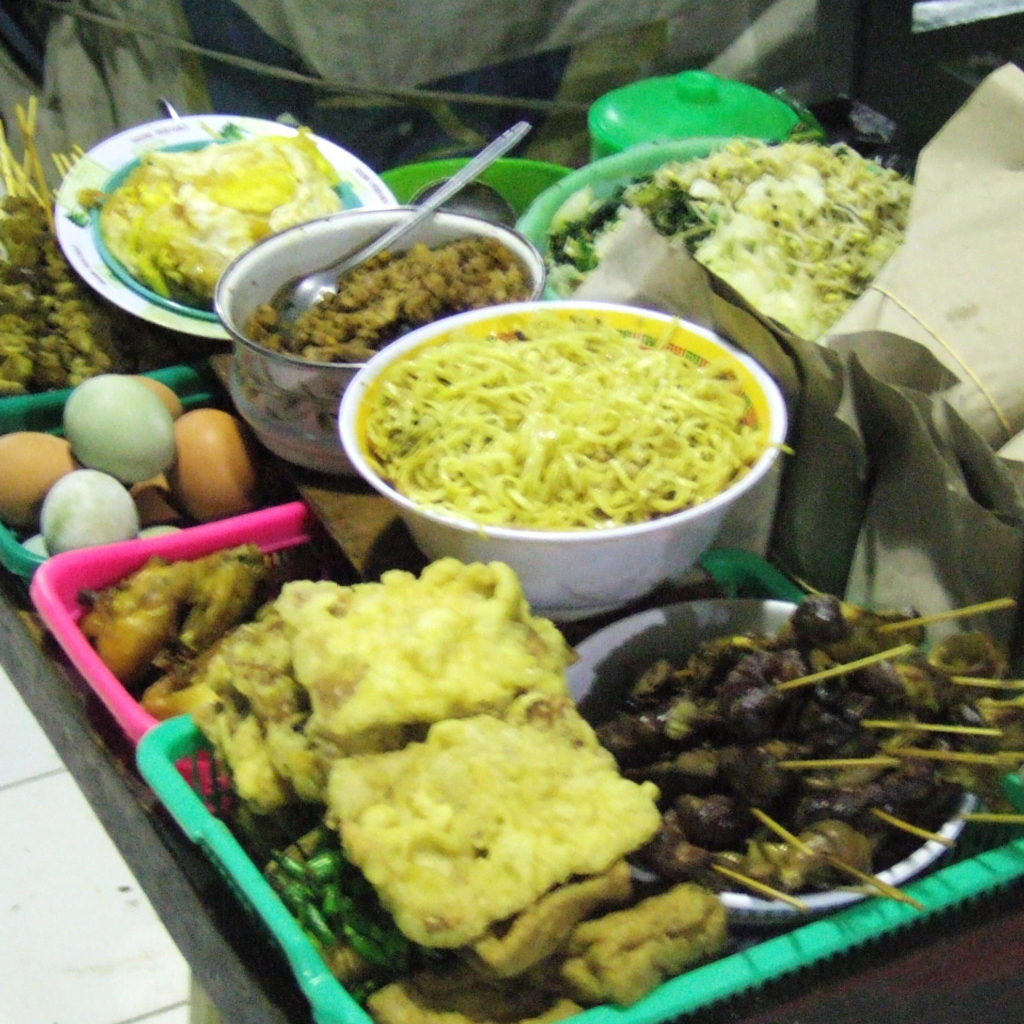By Srishti Khurana

Lying at the border of Bhutan and Tibet with India, Tawang is best known for its monastery which is the 2nd largest in the world. It is also the birthplace of the 6th Dalai Lama. Little known is the rich culture of this region and its versatile cuisine.
The majority of the population in Tawang belongs to the Monpa Tribe who are Buddhists. They have a matrilineal society in which women do most of the work from milking animals, making butter, to weaving cloth, brewing Chhang and Raksi and cooking. They are the ones who are especially valued and receive a dowry in marriage. The meals prepared by them aren’t the most complex but are flavourful and showcase the produce of the region. The food consumed is mostly spicy which not only helps to keep the body warm in the harsh cold weather but also protects against the buildup of cholesterol in the blood. It is really beneficial with the amount of fat that is consumed.
Let’s start by looking at the staples of the region which are millets, yak meat and milk and the few vegetables that can be grown in such tough terrains which include potatoes, cabbages, spinach, radish, lettuce, gourd, pumpkin, layi patta (local spinach), maan, dried local mushrooms, chilies etc. There is not a huge variety of ingredients to choose from and since there is only so much that can reach through transportation, the inhabitants have to make the most of what they have.
The Food
A common meal in a local household would consist of Palak curry made of water spinach (kolmi-saak), yak butter, and cream. This is served with Jhyan instead of rice or rotis which is boiled pumpkin, Salt Tea and Raksi- a homemade alcoholic beverage mostly served hot in addition to a raw egg stirred in. This would be served with a very popular side dish called chamin which is a chutney made by grinding chilies with fermented cheese. Fermented cheese is another key ingredient used in almost all traditional households. Fermented beans called greh-churba are typically used as a flavoring agent. The Monpas are non-vegetarians and their meals include beef, pork, yak, mutton, chicken and fish. Out of these, beef and yak meat is preserved after being cut into strips and dried during winter months only to be consumed later.

Some other common dishes which have now gained popularity across India are staples of this region. These include Momo and Thukpa. Momo which was supposedly brought by Tibetan immigrants to India has become an essential component of most northeastern cuisine. In Tawang the Monpas often serve them with soup and hot Chamin. Thukpa is a noodle soup mixed with minced meat, vegetables and chillies. Variations of this include Dheb-thukpa in which rice is used and Ashum Thukpa made of maize, meat and beans. Zan is prepared with millet or other flavored flour added to boiling water and is consumed with vegetables, meat or Chamin along with the addition of fermented cheese or soya beans as condiments. Tsizin Kyola is prepared like Zan except that only buckwheat is used and the resultant paste is much thinner. Khura is a Monpa pancake made of buckwheat flour.
Gyapa-khazi is a version of pulao prepared by mixing rice, fermented cheese, small dried fish, chilly, ginger, butter etc. Puta are noodles made from buckwheat flour and Khazi is cooked rice mixed with finely chopped maan– a local vegetable (kind of spring onion leaves), chamin and salt. For dessert there is Bresi which is a sweet rice dish usually served during ceremonial occasions.
The Monpas are also known for producing alcoholic beverages. Raksi is made with rice, pumpkin, and wheat. It is normally consumed by the mothers in the house. Similarly, Chhang is another beverage made using rice, maize, barley and millets, consumed by ladies rather than the men. It is consumed on all social occasions like birth, death, housewarming or festivals. There are several kinds of Chhang prepared in the region. There is the Baang-chang which is mostly prepared from rice but can also be made by combining millets and barley. Another variety is the Shin-chang which is prepared during Losar-the Monpa New Year festival. It is a sweet beer made by mixing together millet, buckwheat and barley. Aarak, is a strong liquor usually served hot in a small cup and is made by the distillation of maize, millet, rice or barley.
Butter tea or ‘Sueja’ is another interesting part of this cuisine. It is prepared by adding boiled water to butter, salt, and tea leaves. It is served in black wooden bowls with colourful patterns of beads inlaid with copper or brass plates. It is consumed a total of three times in a very ritualistic manner, and anything less is verily considered disrespectful. It has more of an acquired taste. It is salty, oily even fishy because of the yak butter but serves the purpose of keeping people warm, well.
The nutritional value of the traditional food consumed in the region is extremely high, that combined with the amount of physical labour performed by the people makes them look young and glowing at all ages.
The changing landscape
In recent times the consumption of butter tea is declining among the youth. The people are choosing coffee over the traditional salt tea to keep them warm. A similar decline is being witnessed in the consumption of all Yak products with the inflow of packaged produce from the cities and the educated people opting out of Yak husbandry for opportunities in the tourism sector. The increase of temperature and change of the pastureland to accommodate the rapidly increasing number of tourists is making the yak move to higher altitudes where rearing them becomes a bigger challenge.
Conclusion
Cuisine stands as a significant element of the cultural identity of a region. People of the same nation, irrespective of where they reside feel a sense of belongingness to their motherland when they share food from back home. The challenge that lies ahead of India is to retain its unity despite immense diversity. Tawang has been at the centre of a territorial dispute between India and China. Tawang was once captured by the Chinese and now it is a part of India again, but what difference does it make to the residents of this region? They belong to a border town, the last of one or the first of another isn’t their concern.
In her travelogue the famous Bengali author Nabaneeta Dev Sen recalls how a resident of Chomprung village in Tawang told her that he has been to India many times not realising he lives in India.

